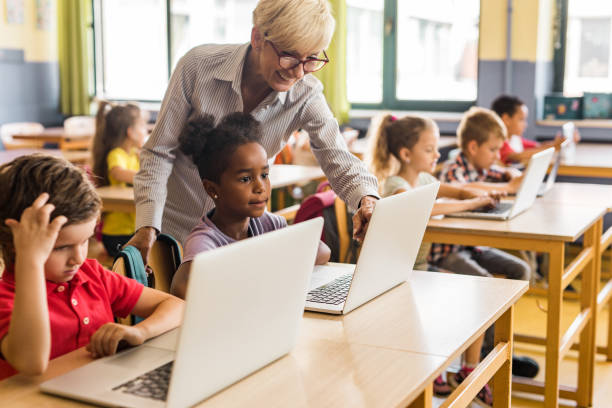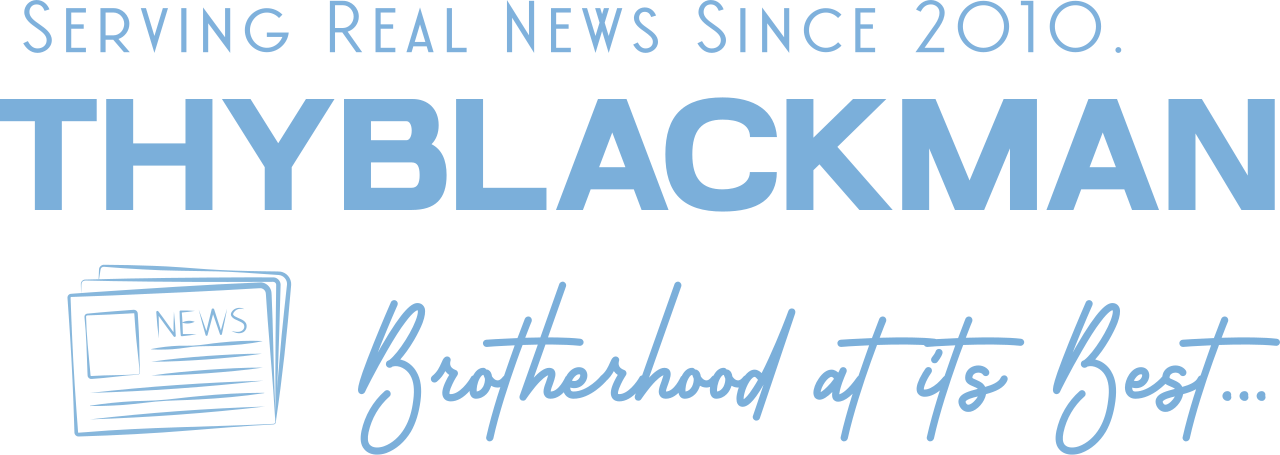(ThyBlackMan.com) Classrooms today look different than they did just a decade ago. Educators now serve students from a variety of cultural backgrounds, learning styles, and behavioral or developmental needs. This diversity is a strength, but it also presents unique challenges. As an educator, you know that every student learns differently, and helping each one succeed takes more than a one-size-fits-all approach.
Whether you’re teaching in person or virtually, supporting students with diverse needs requires patience, awareness, and the right tools. Creating an inclusive classroom environment doesn’t happen overnight. But with intentional strategies and continued professional development, you can be better equipped to meet your students where they are and help them thrive.
Let’s explore how furthering your education can help you do just that.

Specialized Training for a More Inclusive Approach
No matter how passionate you are about teaching, traditional training programs don’t always prepare you for the full range of needs you’ll encounter in the classroom. That’s why many educators are choosing to advance their skills through additional certification or graduate-level degrees.
If you’re looking to better understand how to serve students with disabilities, behavioral challenges, or learning differences, enrolling in an online master’s in special education can give you the specialized knowledge and strategies you need to support your students effectively. The University of Southern Indiana offers a flexible, fully online MSEd in Special Education designed for working teachers who want to improve outcomes for learners with diverse needs. Their curriculum blends practical, real-world methods with research-backed theory, allowing you to apply new strategies right away in your classroom.
Recognizing and Responding to Learning Differences
One of the first steps in supporting students with diverse needs is recognizing that those needs may not always be obvious. Some students might struggle with reading comprehension, attention, or emotional regulation, but without outward signs, these challenges can easily go unnoticed.
That’s where training and experience come into play. The more informed you are about conditions like ADHD, autism spectrum disorders, and dyslexia, the more likely you’ll be to spot early indicators. Once you’ve identified a potential need, you can begin adapting your instruction accordingly. Small changes like breaking tasks into manageable steps or offering visual aids can make a world of difference for students who struggle with traditional teaching formats.
Building an Inclusive and Emotionally Safe Space
An inclusive classroom goes beyond academic accommodations. It’s also about emotional safety and belonging. Students need to feel accepted and respected in order to learn and grow. As a teacher, you help set the tone for your entire classroom. The way you speak, the materials you use, and how you respond to challenges all influence the environment you create.
Modeling empathy, using inclusive language, and celebrating diversity in your curriculum all contribute to a more welcoming atmosphere. Encouraging peer collaboration and creating clear behavioral expectations can also help students feel more secure in their environment, especially those who might struggle with social interactions or anxiety.
Collaborating With Families and School Support Teams
No one supports a student in isolation. Parents, counselors, specialists, and teachers all play a role. That’s why consistent communication with families is so important. Parents often have key insights into their child’s strengths and struggles that may not be obvious in the classroom.
Partnering with special education teams, including school psychologists, speech therapists, and aides, can help create an effective Individualized Education Plan (IEP). When everyone works together, students are more likely to receive the tailored support they need to succeed. As an educator, being open to collaboration not only benefits the student but also helps you continue learning from others as well.
Using Technology to Enhance Learning
Technology is a powerful tool for educators working with students who have diverse needs. From text-to-speech software and captioned videos to interactive apps that reinforce learning, tech can provide alternative ways for students to engage with material.
There are also classroom tools that help track academic progress, monitor behavior, and improve communication with families. When choosing digital resources, it’s important to consider accessibility, ensuring that tools are usable for students with disabilities or those learning English as a second language. Technology should never replace good teaching, but when used thoughtfully, it can help bridge learning gaps and keep students engaged.
The best educators never stop learning. New challenges will always arise in the classroom, and staying informed helps you meet them with confidence.
Every child deserves a teacher who sees them, understands them, and helps them reach their full potential. Supporting students with diverse needs is one of the most meaningful, and sometimes most complex, parts of teaching. But when you invest in your growth, you equip yourself to make a lasting impact.
As classrooms continue to evolve, your ability to adapt and respond thoughtfully will shape not just academic outcomes, but the confidence and well-being of your students for years to come.
Staff Writer; Jay Johnson
















African Americans should return to a racially segregated educational system as soon as is possible. Haven’t we learned enough to know that the current racially integrated educational system isn’t working to benefit African Americans. We must once again give life to our U.S. Constitution, and its subsequent legal precedence, not support the current Republican, divisive agenda. I am of the opinion that we, as a people, benefited more educationally when we were segregated from anti-social white people.